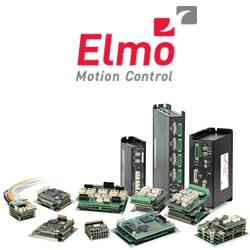THE INSTITUT DE TECHNOLOGIE AGROALIMENTAIRE DU QUÉBEC CHOOSES SOLLUM’S LIGHTING SOLUTION FOR GREENHOUSE RESEARCH
The ITAQ is the only educational institution in Québec that offers college level courses in agri-food and programs in animal production, horticulture, agroenvironment, and equine studies. The agroenvironmental college program allows students to pursue research objectives in the Institute’s controlled environment greenhouses.
Montréal, Québec, Canada, March 23, 2022 The Institut de technologie agroalimentaire du Québec (ITAQ) in Saint-Hyacinthe, Québec, has replaced their greenhouse HPS lights with Sollum Technologies' dynamic LED grow light solution. This change will enable more robust studies on the efficacy of various light recipes.
The ITAQ is the only educational institution in Québec that offers college level courses in agri-food and programs in animal production, horticulture, agroenvironment, and equine studies. The agroenvironmental college program allows students to pursue research objectives in the Institute's controlled environment greenhouses.
"With great success, we are currently using Sollum's dynamic LED grow lights to conduct research on greenhouse peppers and eggplants," says professor and agronomist, Caroline Vouligny. "The smart LED fixtures are a significant upgrade from our previous HPS lights and allow research students to gain experience with leading-edge technology in the controlled environment field."
The ITAQ has over 160 m2 of greenhouse space fully equipped with Sollum's smart lighting solution, including the award-winning Sollum smart fixtures, the SUN as a Service® cloud platform, as well as the technology's sensors, network, and edge computing. "We are proud that our technology is being used in both education and research to inspire young innovators and produce novel scientific findings," says Gabriel Dupras, Sollum Technologies' co-founder and Vice President of Research and Development. "We look forward to hearing from professors and students about how our lights continue to drive research and learning on ITAQ's campus."
About Sollum Technologies
Inspired by nature, Sollum Technologies was founded in 2015 to offer greenhouse growers the only smart LED lighting solution which dynamically recreates, perfects, and modulates the full spectrum of the Sun's natural light. The company is based in Montréal (Québec, Canada), where its design, development, and manufacturing activities are concentrated. Sollum™ works closely with its clients and research centers to create recipes that are adapted to the growth cycle of each crop, regardless of its native climate or the location of the greenhouse. Its SUN as a Service® cloud platform enables multi-zone light management so growers can implement several different recipes simultaneously in the same greenhouse. The platform also automatically adapts the lighting of each zone to the ambient light to match recipe targets. Sollum's award-winning lighting solution thereby provides unparalleled value in terms of energy savings, productivity, and superior produce quality through a flexible, adaptive, and easy-to-use application, with great respect for the environment. For more information, visit sollum.tech.
Featured Product

